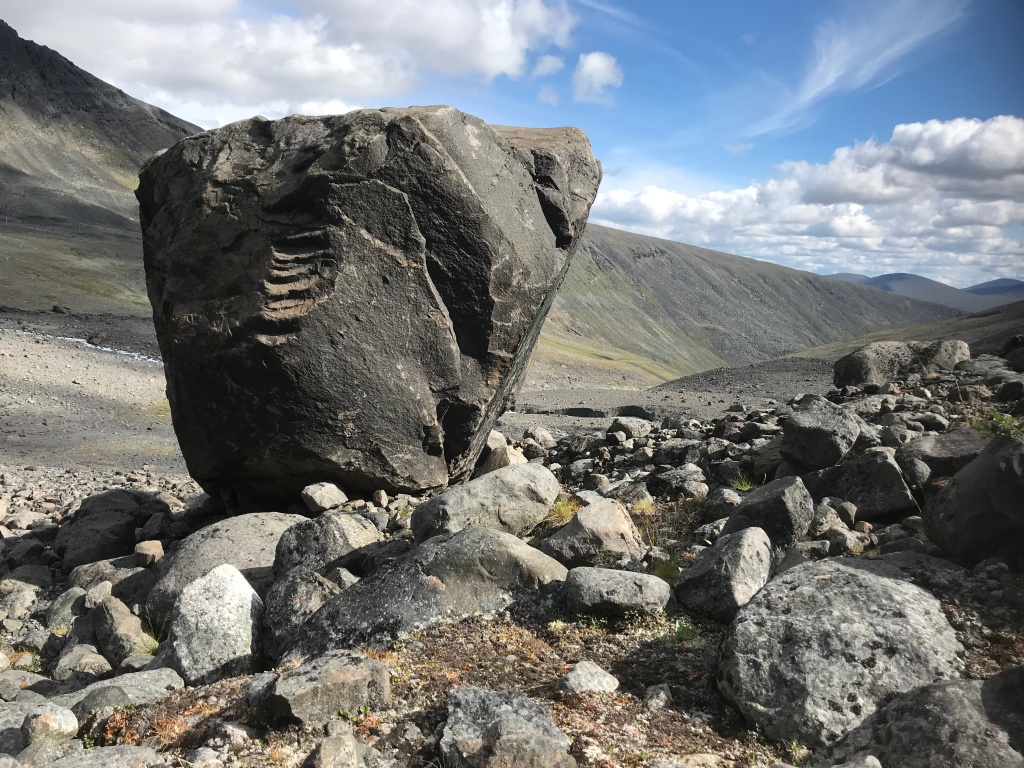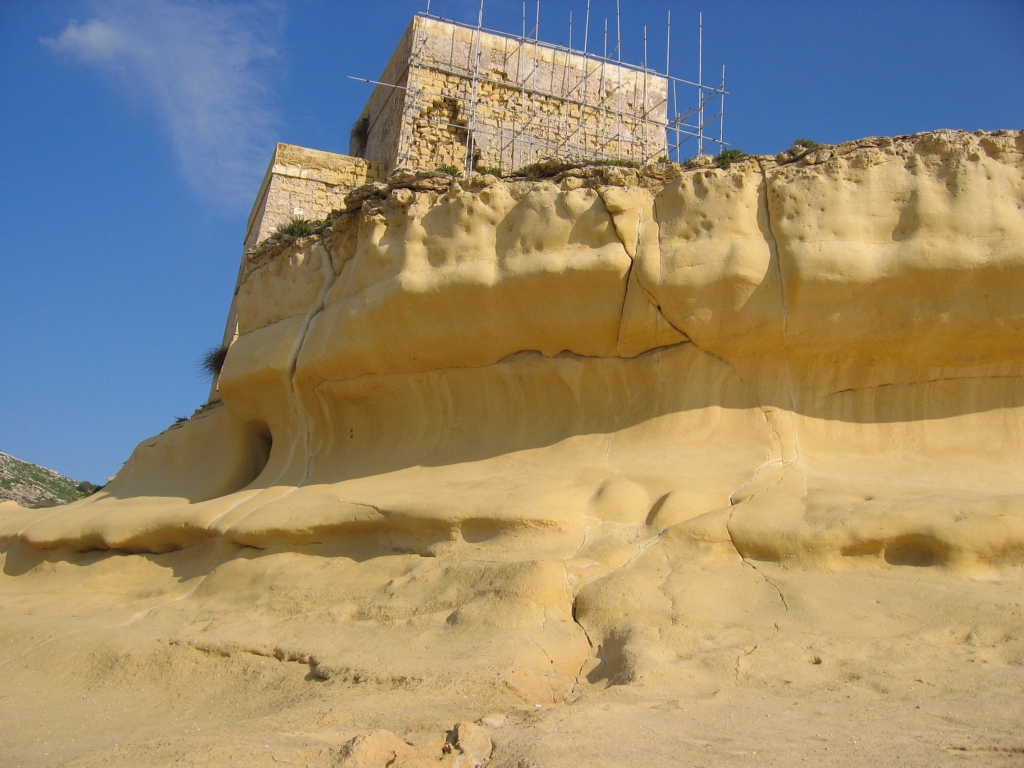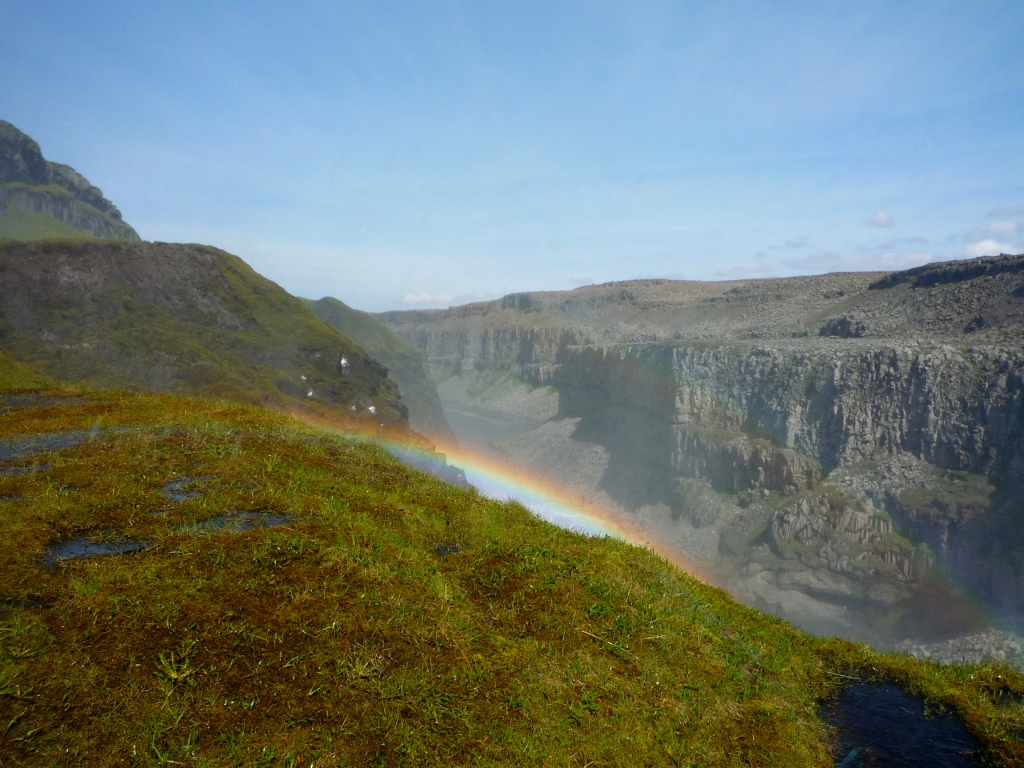Most people have some knowledge in biology, physics, chemistry and mathematics, but very few are actually familiar with geology. Of course everyone knows about dinosaurs, most people also know about volcanoes and earthquakes and how devastating a tsunami can be. But do they actually relate these phenomena to geology?
Geology has many names: geoscience, geological science, earth science, some even include the subject under geography. The different names and definitions of the subject have led to numerous and lengthy discussions over the years: What is the difference between geology and geosciences? What is the difference between earth sciences and geology? And what is the difference between geology and geography? Are they all the same or are these disciplines different in one way or another?
Wikipedia actually provides good definitions and includes geology as a subject within the much broader discipline of earth sciences and both are explained as follows:
Geology describes the structure of the Earth on and beneath its surface, and the processes that have shaped that structure. It also provides tools to determine the relative and absolute ages of rocks found in a given location, and also to describe the histories of those rocks. By combining these tools, geologists are able to chronicle the geological history of the Earth as a whole, and also to demonstrate the age of the Earth. Geology provides the primary evidence for plate tectonics, the evolutionary history of life, and the Earth’s past climates.
Earth sciences, which is a much broader field encompasses ... the study of geology, the lithosphere, and the large-scale structure of the Earth’s interior, as well as the atmosphere, hydrosphere, and biosphere. Typically, Earth scientists use tools from geology, chronology, physics, chemistry, geography, biology, and mathematics to build a quantitative understanding of how the Earth works and evolves. Earth science affects our everyday lives. For example, meteorologists study the weather and watch for dangerous storms. Hydrologists study water and warn of floods. Seismologists study earthquakes and try to understand where they will strike. Geologists study rocks and help to locate useful minerals. Earth scientists often work in the field—perhaps climbing mountains, exploring the seabed, crawling through caves, or wading in swamps. They measure and collect samples (such as rocks or river water), then they record their findings on charts and maps.
Now – why am I at all writing about all of this? Because I think more people should be made aware of what geology and earth sciences actually are and how they influence so much of our daily life. Geology is not just dinosaurs and earthquakes – it is much more than this. Using geological knowledge about Earth’s history and Earth’s rocks, we are able to extract all the raw materials needed in our daily life. And we really extract and use a huge amount of minerals and metals for construction, cars, electronic devices, household items, weapons, …. the list could of course be made so much longer!
The table below illustrates how many tons of metals and minerals were globally produced in the year 2012, how much of it is recycled and when peak production may occur (according to a model).
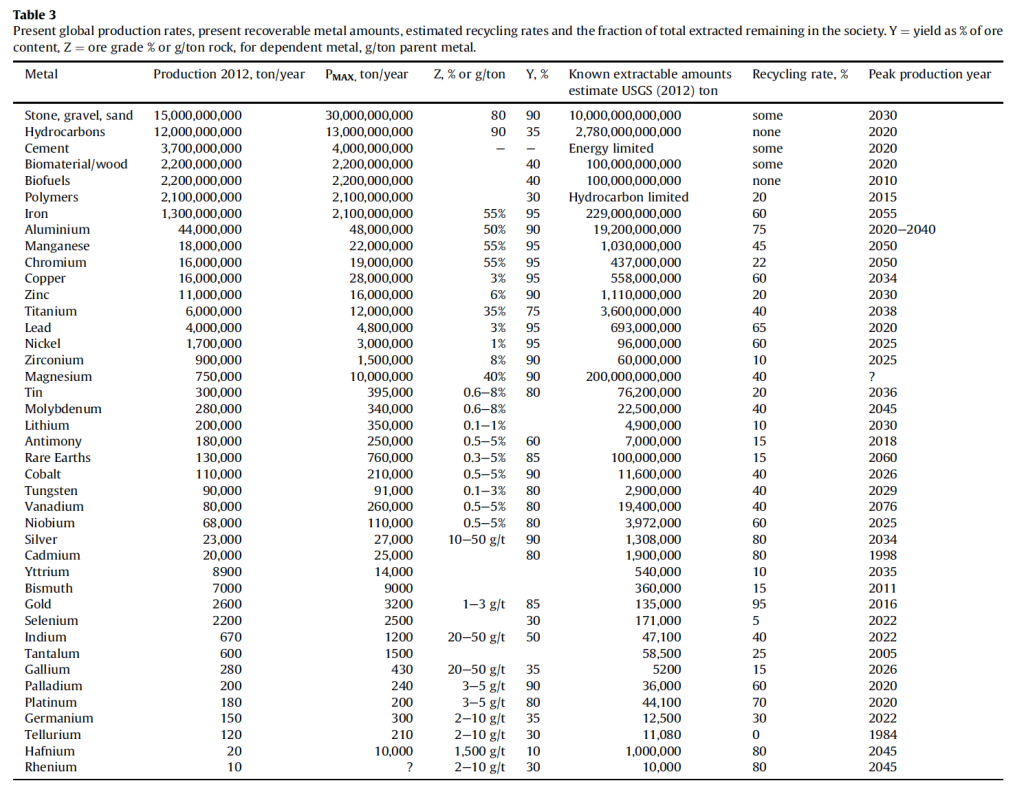
Do we ever reflect upon where all the raw materials actually come from? From where in the world? From which type of rock? Do we ever reflect upon that extraction of these raw materials means mining, often large scale mining that has devastating effects on people’s health, on groundwater, biodiversity, food production, …, …. ?
Let’s have a look at what a smart phone – a device which very many people use daily – contains in terms of metals. All these elements have once been part of a rock and have been extracted in mines somewhere in the world.

Where does all the raw material actually come from? Where is it mined and under which circumstances and which consequences does mining have in these countries? The map below shows in which countries all these raw materials are mined. It is obvious that Europe does not have any significant mines that produce raw materials for smart phones.

Most of the mining is done in China, followed by Russia and Peru. But also Canada, USA, Mexico, Brazil, Chile and Argentina, Congo, Rwanda and South Africa, India, Burma, Indonesia, Australia and the Republic of Korea have important mines where smart phone minerals are extracted. Most of these mines (if not all) operate under non-sustainable conditions. Waste from these mines will form very severe environmental problems for water and soils for a long time.
What is also often forgotten is that mining creates dust particles, which contain toxic elements. The smallest dust particles can travel over long distances, far away from a mine. When very tiny particles are inhaled, then they get stuck in our lungs and accumulate there for ever, causing severe lung problems. Of course this problem does not only relate to mining, it is of concern when it comes to all types of tiny particles.
“Environmental” problems can sound pretty abstract. Indeed I have many times heard the following comments: “A bit of pollution does not harm the environment that much“, “nature can heal itself“, “we have always had some pollution“, “the whole talk about environmental pollution is exaggerated“, “there are safe ways of mining“, “storage of mining waste is safe”. What is forgotten, however, is that we all depend on clean water, clean air and a healthy soil for agriculture. Once these basic needs are no longer available, life will become pretty different.
With more smart phones in use and with a change of phone every two years, and no recycling, more minerals have to be extracted and more mines have to be opened. More mining waste is created, …. I guess you can imagine the consequences.
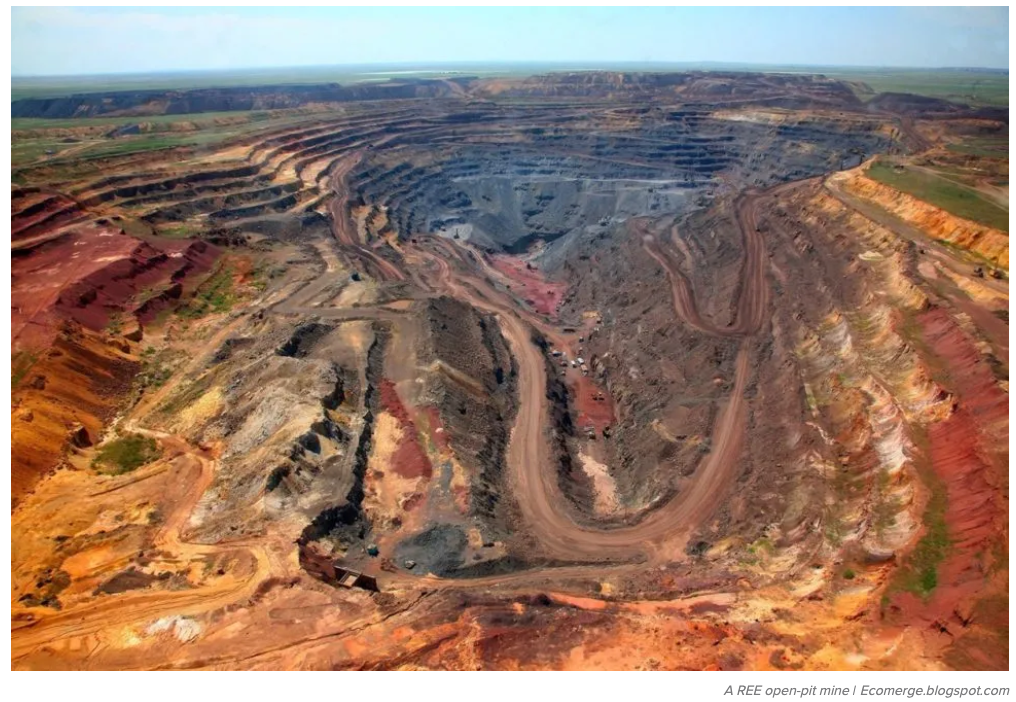
Maybe one could think twice before buying a new smart phone, a new car or a new and bigger TV? All of these need metals, metals, metals, and these need to be mined somewhere. It is easy to imagine that a larger phone, a larger TV, and a larger car means that more metals are needed as compared to a smaller phone, a smaller car, a smaller TV.
Maybe we do not need more than one smart phone or more than one car or more than one TV? However, if we think that we need all of this and much more, then we will also need more mines, we will also need to open mines in our backyard and we will need to make sacrifices.
I am not saying that we should stop using all these raw materials. But I think that we must become much more conscious about their origin and must better understand the enormous environmental impact mining has, worldwide and in Sweden.
Raw materials are not something one digs up, processes, uses and then throws away. Raw material is not a resource that can be extracted endlessly, as can be seen in the Table above. Yet we need it and we cannot live without it.
But in order to understand the complexity of it all, we also need to have a basic knowledge of geology and of the geological terminology. Raw materials are nothing else but geological material.
Who knows, where in Sweden the next exploration permits are granted? Without geological knowledge we are not able to correctly understand the documents issued by the exploration company or to present relevant arguments against or in favor. Without geological knowledge we are not able to access and understand the information provided by the Geological Survey of Sweden, nor are we able to interpret the various geological maps. Without geological knowledge we are also not able to assess the ecological consequences a future mine and its mining waste might have.
Because of the large impact geology and earth sciences have on our life, much more people should actually learn about geology and study geology. Take an evening course or a distance course at any of our universities to start with!


